
Even the birds offer gifts of love, while native bees embrace their favorite flowers.
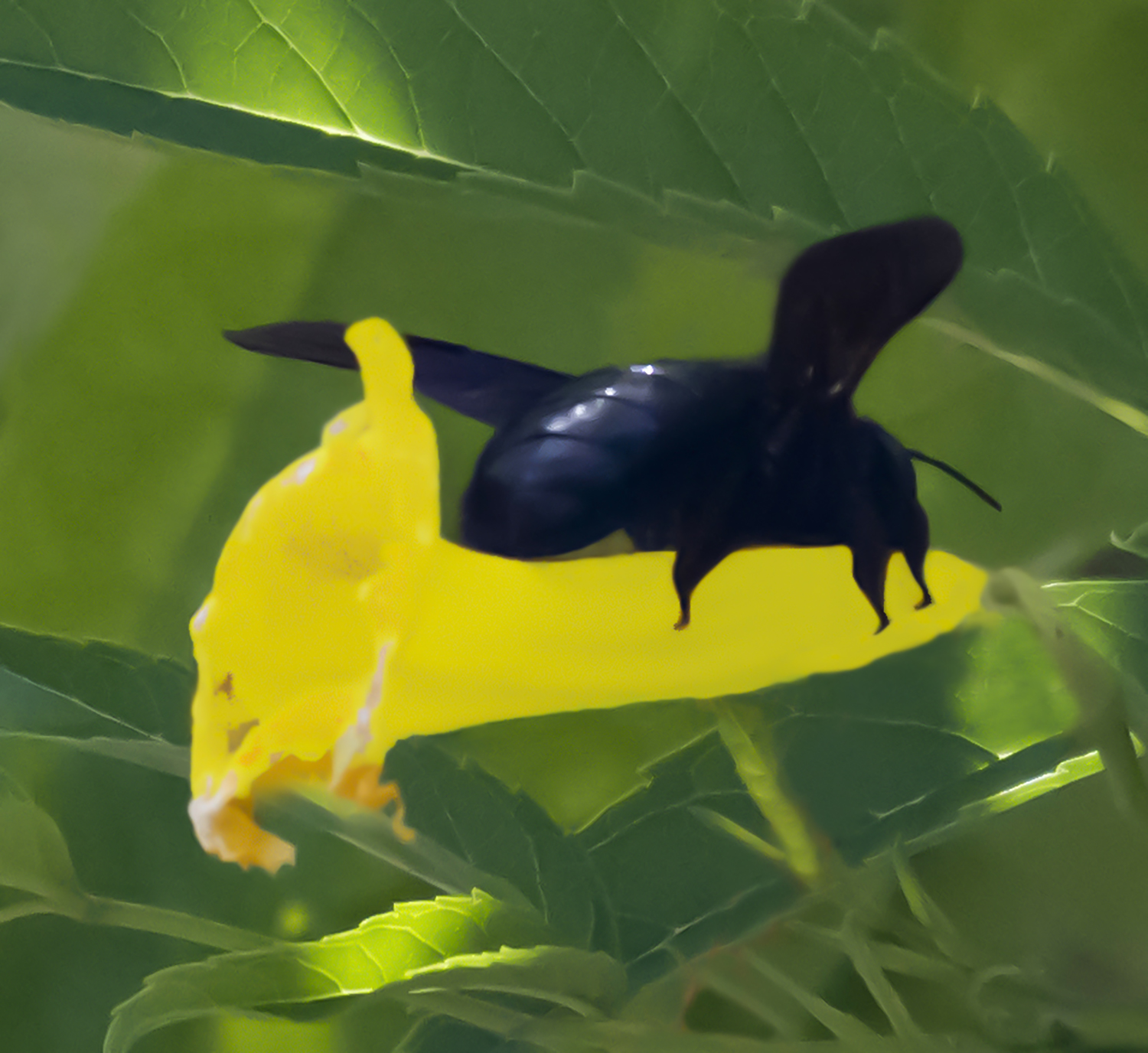
For people, flowers are widely viewed as symbols of romance, whereas birds and the bees are more often associated with learning about the mechanics of human reproduction. Which is quite odd because neither birds nor bees have all that much in common with humans when it comes to sexual reproduction.
It’s true that, like people, certain types of birds do form pair bonds with their mates that are enduring and look pretty romantic.
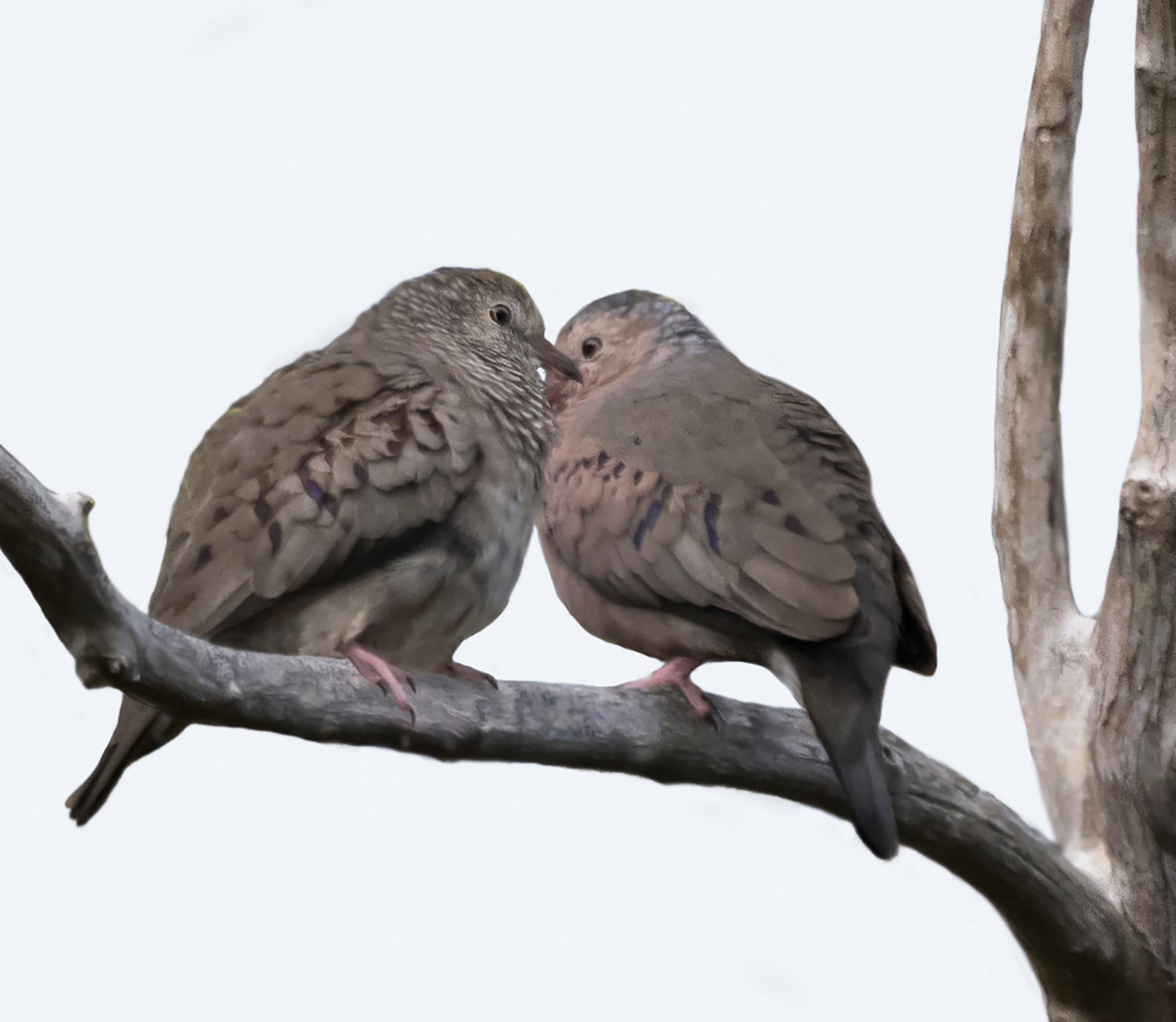
Some birds may also engage in frequent and enthusiastic reproductive activities. However the actual mechanics are not the same as for humans.
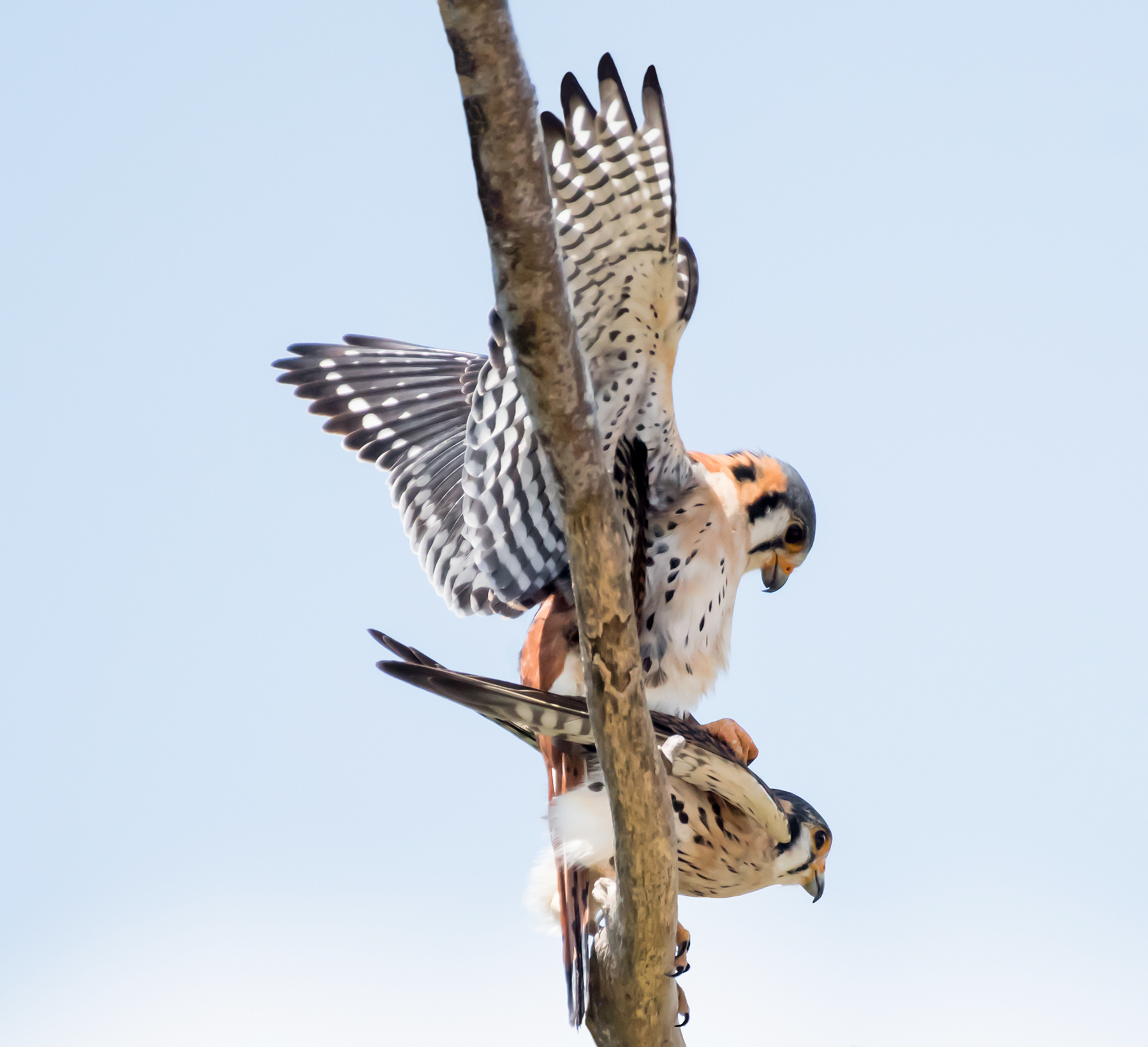
And they more often demonstrate their devotion with gifts of food rather than flowers.
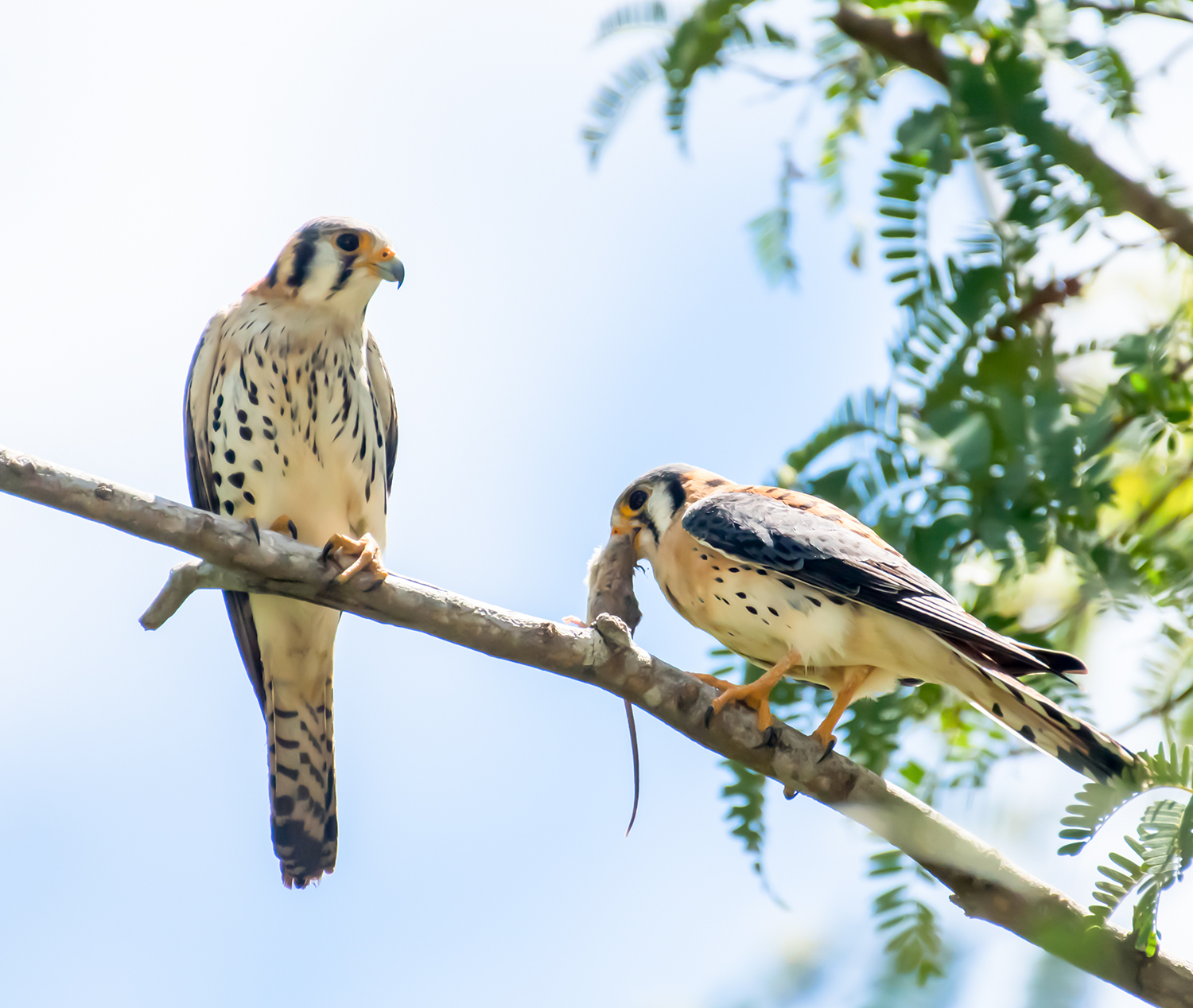
Meanwhile, for the large, black female carpenter bees mating is a once in a lifetime thing. They will seek out the smaller brown males for a brief liaison, but do not engage in any long-term bonding.
Instead, these bees are intimately involved in the mechanics of plants’ sexual reproduction, carrying packages of male pollen to female receptors in flowers, facilitating the development of seeds, and new plants.
The intimacy of this co-dependence is often touching to see.
Female carpenter bees will wrap themselves in a tight embrace around the pollen-laden stamens of the passionfruit flowers. In exchange for pollination services, the flowers offer food for the bees, and for their offspring.
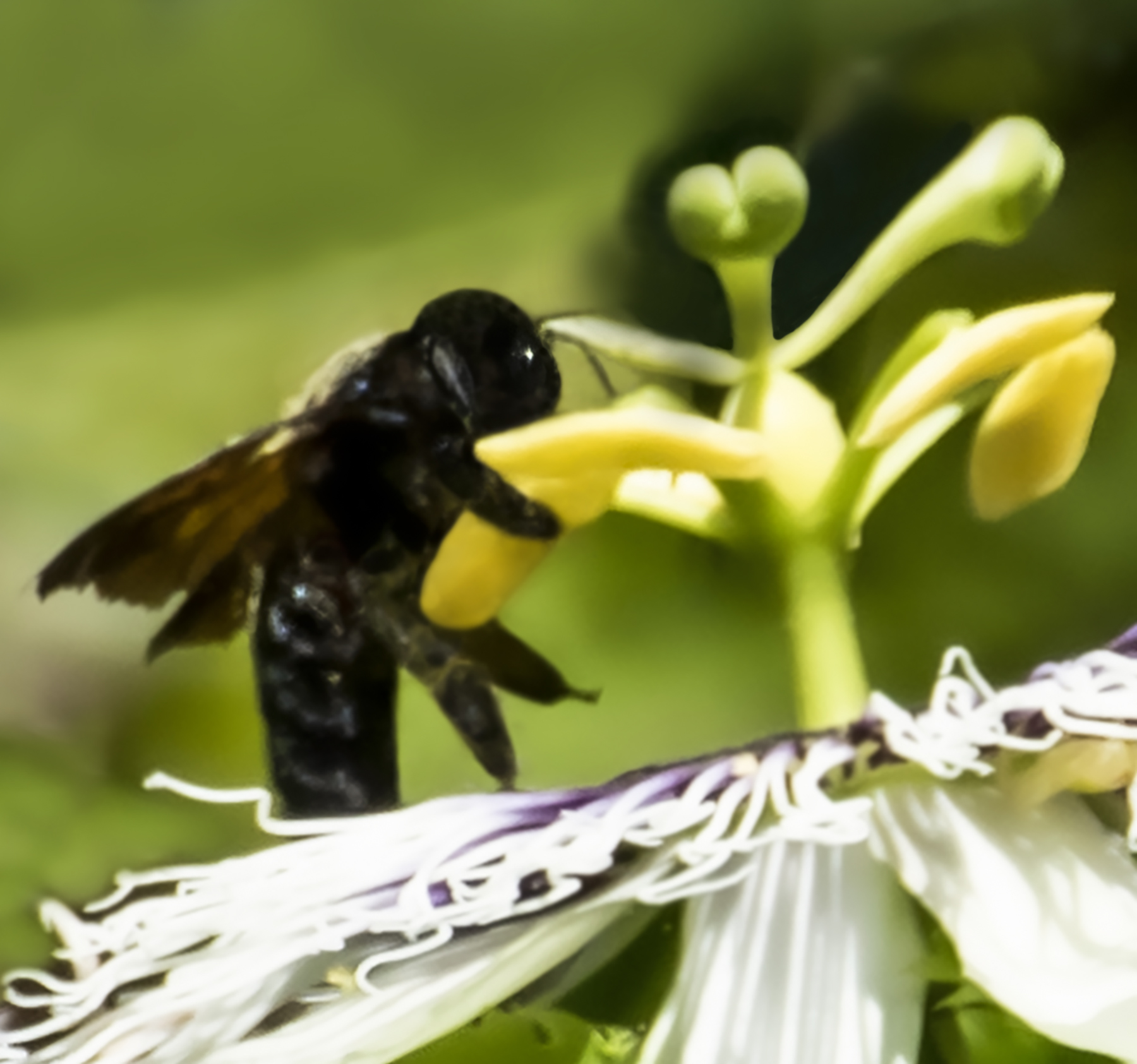
The smaller canker berry flowers also receive enthusiastic hugs from the female carpenter bees.
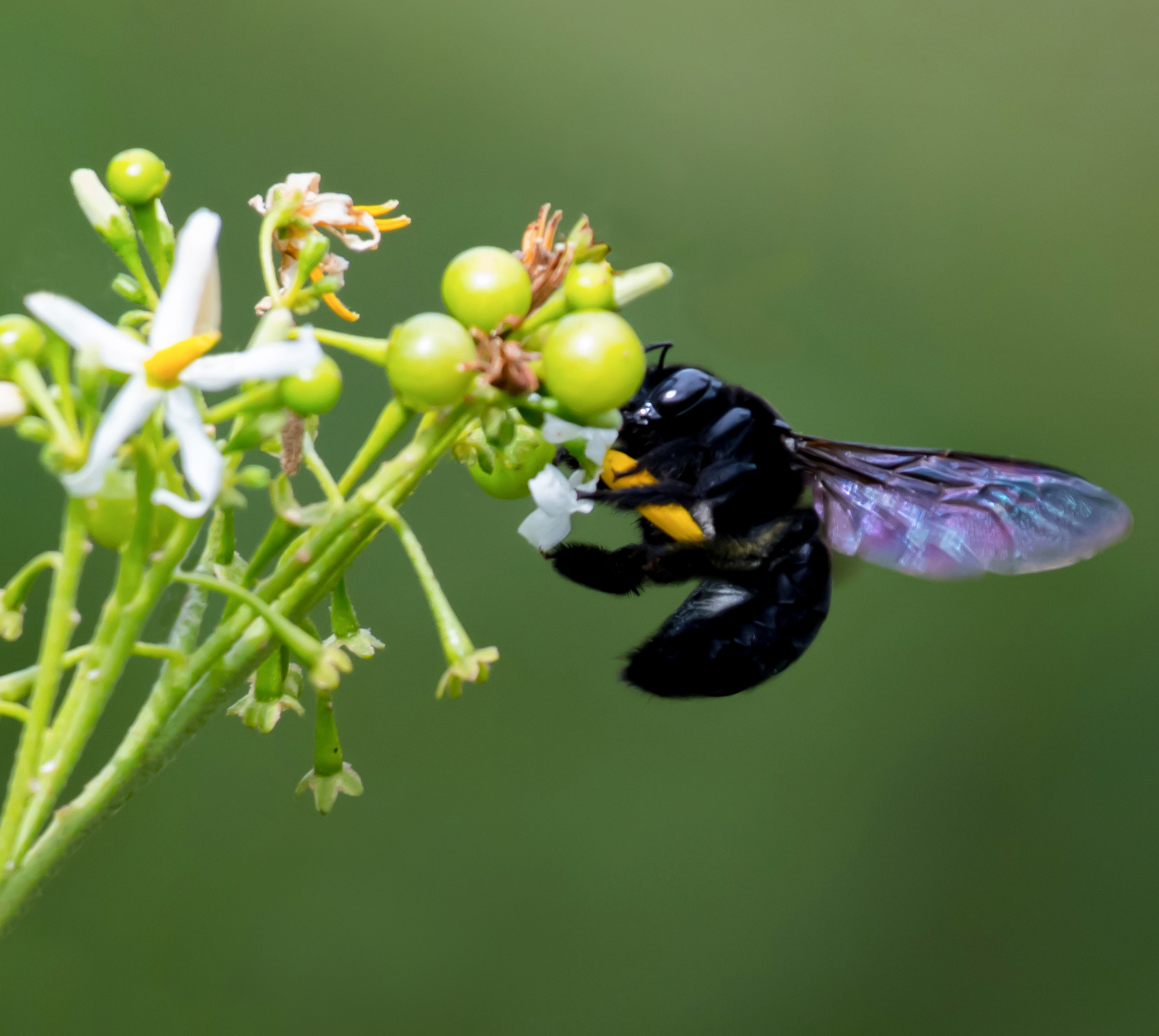
Some birds have special pollination relationships with particular flowers as well. The shape and colors of the heliconia flowers are specially adapted to attract hummingbirds. And don’t they look gorgeous together.
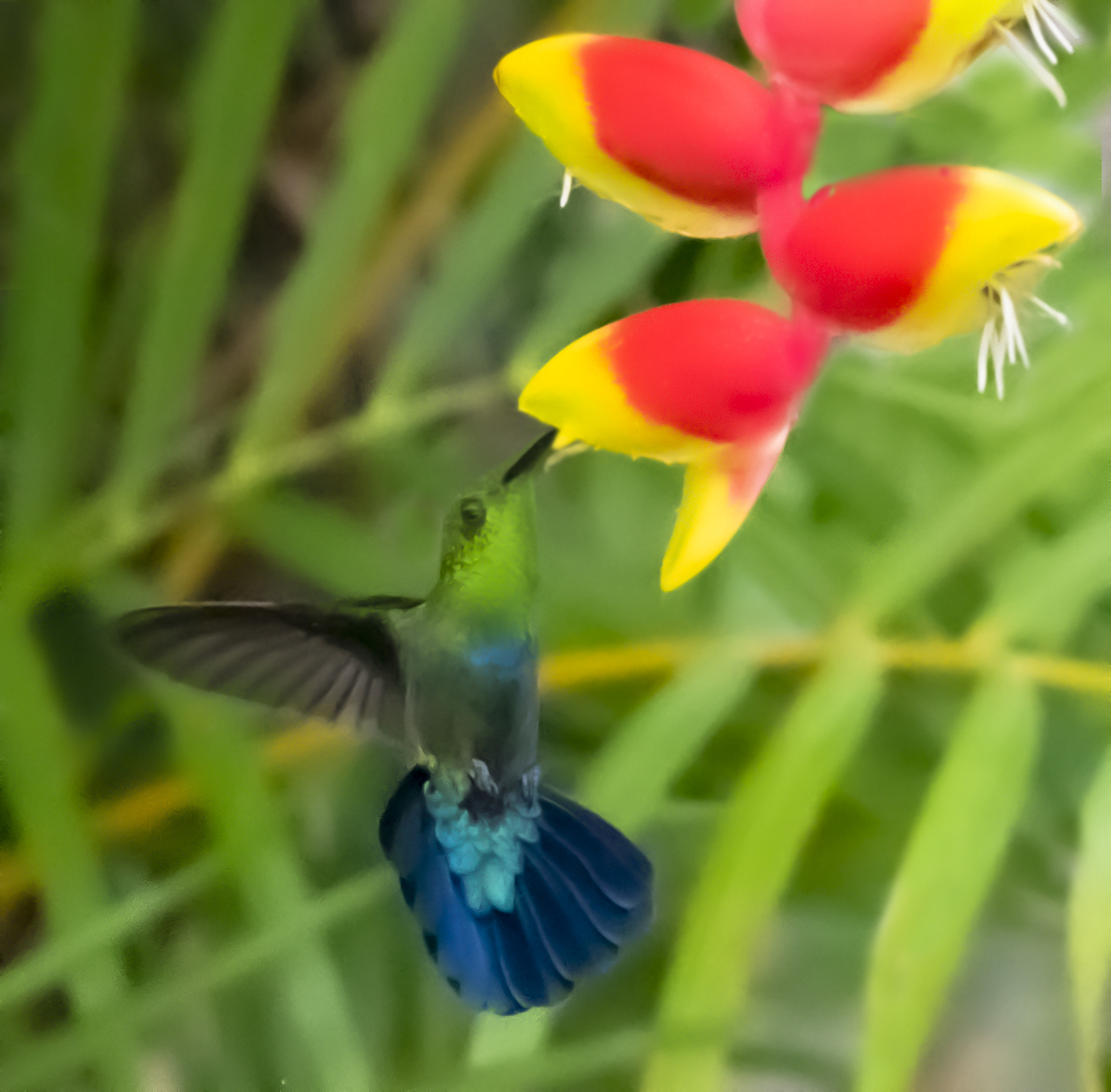
I’m not exactly sure what lessons we should be learning from watching the birds and the bees, but it certainly is entertaining to look and wonder.
Gail Karlsson is an environmental lawyer, writer and photographer. She is the author of two books about the Virgin Islands – The Wild Life in an Island House, and the guide book Learning About Trees and Plants – A Project of the Unitarian Universalist Fellowship of St. John. She has also recently published A Birds’ Guide to The Battery and New York Harbor. Follow her on Instagram @gailkarlsson and at gvkarlsson.blogspot.com.





